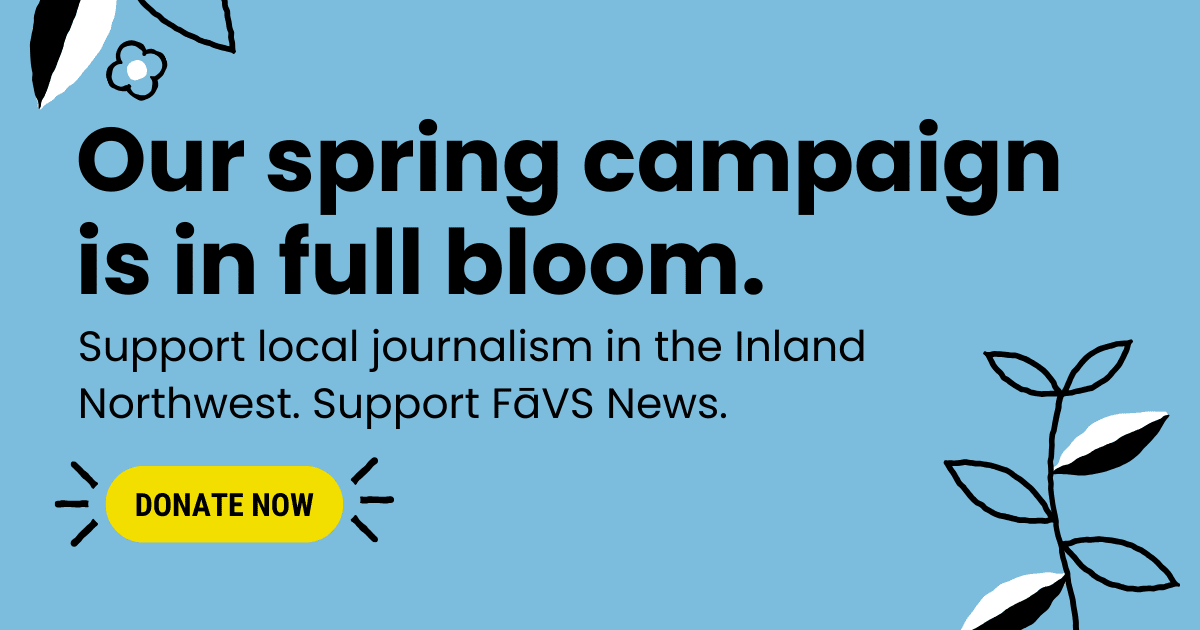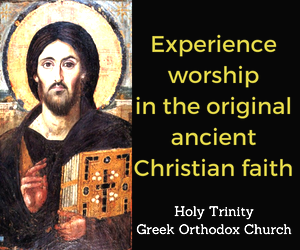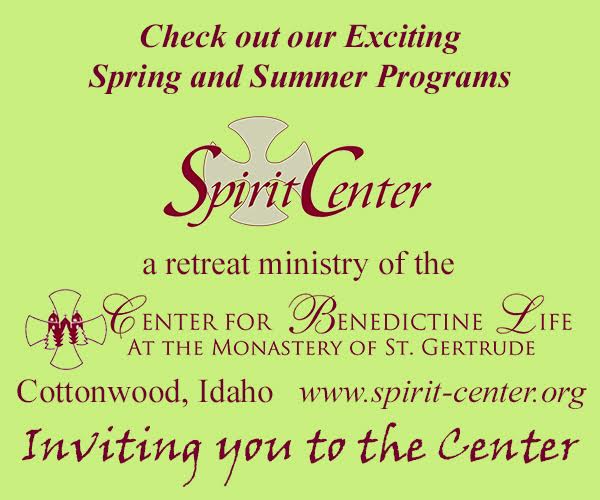After the 2011 triple disaster (Earthquake, Tsunami and Nuclear Power Plant disaster), the Japanese people forced the shutdown of all the nuclear power plants on the Japanese Island chain, said the Rev. Ken Kitatani. Recently two of the Japanese Nuclear power plants have reopened but Kitatani is hopeful that they will be closed and Japan will continue to lead the way as an industrialized nation without the use of nuclear power. One of the ways Japan has thrived without nuclear power is to decrease usage. The Japanese people have cut back on air conditioning during the increasingly hot Tokyo summers, said Kitatani.
The Japanese people usually follow government policies without much resistance but the 2011 disaster changed something. People following the Japanese dream saw their homes into which they had invested everything — destroyed. A grassroots initiative supported in part by the New Shinto movement is seeking to create a nuclear free world. Japanese people are mobilizing and becoming activists in previously unseen ways, explained Kitatani to an audience at the 2015 Parliament of Religions.
Kitatani, executive director of Forum 21 Institute also serves on the executive committee of the UN NGO Committee on Spiritual Values and Global Concerns. He shared how different lines of Shinto spirituality have come together to prevent another nuclear disaster. The New Shinto movement, he noted is a revival of ancient more esoteric forms of Shinto, while State or Shrine Shinto is the more exoteric or public form of Shintoism. The New Shinto movement has similarities with other forms of spirituality that include divination and shamanism and is more contemplative than the Shrine Shinto, more familiar to Westerners.
Kitatani discussed energy lines in Japan similar to the Lay Lines found between world pyramids and other global sacred sites. Many mountains in Japan have pyramid shaped mountains. There is also way of thinking about the different islands of Japan as representing the continents of the world. Honshu or the main island on which Tokyo is situated represents the Eurasian continent, while Hokkaido or the northern most island represents North America. There is a legend, Kitatani says, that a Golden Dragon will rise up from the ashes and the world will become spirit centered. In the legend the island of Honshu represents the body of the dragon and Hokkaido represents the head.
Where the head goes the body follows, said Kitatani, noting that if we are to see a nuclear-free world, North America (the head) and Europe and Asia (the body) must work together with the rest of the world.
Since 1995, he has served as an ordained minister for Sukyo Mahikari Centers for Spiritual Development and currently serves as representative to the United Nations for Sukyo Mahikari as well as US representative of Women In Need International (an NGO that advocates for gender equality and sustainability). He also serves as an advisor to the Happiness Initiative. Ken graduated from Columbia University with a B.A. in East Asian Studies.








